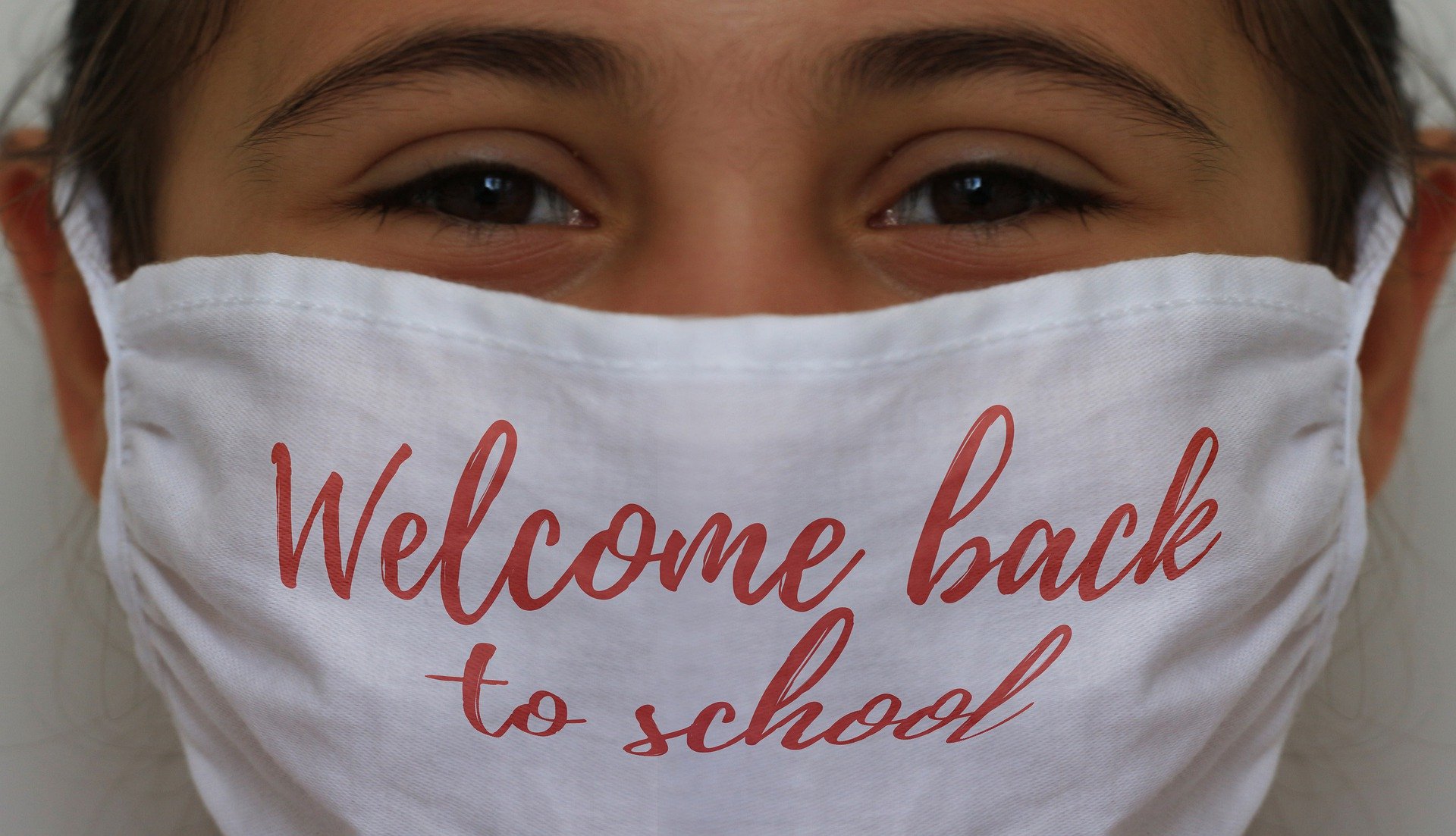It’s not often that we get to see the genesis of a completely new area of tort litigation taking place before our eyes. But that is exactly what’s happening in 2020 as employees, and now students, go back to work and to school in the age of Covid-19.
The Ontario government has offered no protection for schools in the event of any lawsuits resulting from students contracting the coronavirus on school grounds.
As children return to school this month, many private schools are asking parents to sign Covid-19 waivers, in an effort to protect them from being sued. But legal experts are doubting whether these waivers would really offer the schools any protection.
“While contractual waivers are generally enforceable in Ontario if they are drafted broadly with clear and unambiguous language, the court will look at all the surrounding circumstances leading to the signing of the waiver to determine the waiver’s enforceability in a particular case”, says Brian A. Horowitz of Horowitz Injury Law.
“What may be particularly relevant here is that parents are going to be asked to sign these waivers and will feel compelled to do so, to ensure their child will have a place in school.” Horowitz says the pressure to act may even lead them to sign it without fully reading it through, or consulting a lawyer.
This isn’t like signing a waiver at the Go-Kart track, or the local ice hockey league, which most people sign without giving it a second thought. “It is certainly arguable that in some circumstances, this type of COVID-19 waiver may not be enforceable. It’s unlike the situation where one is asked to sign a waiver, with a limitation of liability and an assumption of risk clause, that people are often asked to sign, before participating in an inherently risky activity; in those cases, people have a choice to walk away and not participate.”
Insurance companies want some assurance that they won’t be facing numerous lawsuits due to coronavirus cases picked up at schools. Could they be pressuring schools into issuing these Covid-19 waivers, despite the questionable enforceability?
There are some other circumstances where a school could run into trouble here. Schools are not immune to negligence. Are they providing a safe and healthy environment, for not only students, but teachers as well? Are proper Covid-19 protocols being followed? Are they adhering strictly to the provincial protocols and guidelines? Is there sufficient PPE (personal protection equipment)?
Pandemic Pods
Some parents have taken the situation into their own hands, by forming their own so-called ‘pandemic pods’—smaller, controlled groups taught by a tutor, parent, or even a teacher, in a private home.
This, of course, is rife with insurance issues as well. Most home policies frown on business ventures being run out of the home, often voiding coverage.
“People who decide to form a pandemic pod should be aware that in so doing they are probably carrying on a business venture, which will certainly result in a denial of coverage by their homeowner’s insurance company if a claim is made against them”, says Horowitz.
A homeowner would normally be protected for acts of negligence against someone who does not reside in the household, and who is injured on the property. However, Horowitz doesn’t feel this coverage would apply in the case of coronavirus infection: “I doubt very much a COVID-19 outbreak in a pandemic pod would give rise to coverage under a typical homeowner’s policy.”
Causation Could Cause Confusion
On the other side of the coin, how would a parent prove causation? A student’s daily activities are not limited to school property, or even these pandemic pods; play dates with other children, whether at the playground, on the street or in another’s home could be the cause of infection.
“I anticipate that causation will be a significant problem in the lawsuit alleging that COVID-19 was contracted at school. The injured party would have to prove that but for the negligence of the school, their child would not have contacted COVID-19”, says Horowitz. “It may be difficult to prove that causal link between the act or omission of the school and a child contracting COVID-19. The issue of legal causation becomes even more complicated when one considers other family members, with underlying health conditions, who become infected by a child who was part of a school outbreak.”
Safe to say, we’re wading into uncharted tort territory here, and could be heading for a legal collision course of epic proportions.




